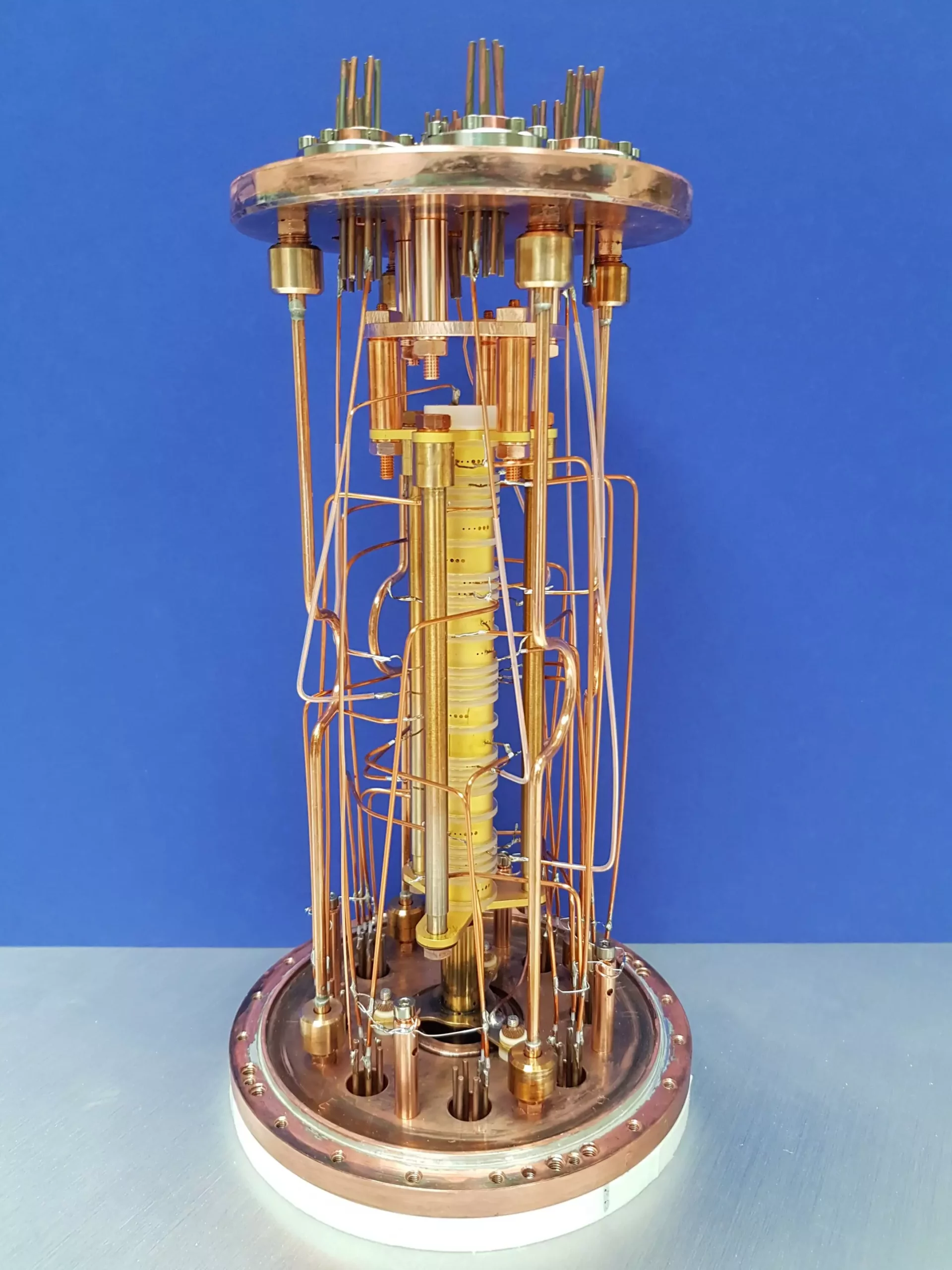The mass of a neutrino at rest is a significant question that has been puzzling physicists for a long time. Neutrinos are crucial in nature and play a central role in the world of particle physics. Recently, a team led by Klaus Blaum from the Max Planck Institute for Nuclear Physics in Heidelberg has made a groundbreaking contribution to the study of neutrinos through the ECHo collaboration.
Neutrinos are ghost-like particles that interact very weakly with matter, making them extremely difficult to detect. Despite their elusive nature, neutrinos are known to have mass, contrary to previous assumptions. The discovery of neutrino oscillations has further deepened the mystery surrounding the mass of these particles, hinting at the existence of new physics beyond the standard model.
To determine the mass of neutrinos, researchers have turned to complex experiments involving decays of atomic nuclei. One such experiment involves the beta decay of tritium, where the decay process provides insight into the properties of neutrinos. Another method, known as electron capture, utilizes the decay of the artificial isotope holmium-163 to study the behavior of neutrinos.
The pentatrap experiment conducted by the ECHo collaboration is a crucial step towards weighing neutrinos accurately. By using Penning traps to capture electrically charged ions, researchers were able to measure the mass difference between holmium-163 and dysprosium-163 ions with extreme precision. This method allows for a more accurate determination of the Q value, shedding light on the mass of the neutrino involved in the decay process.
The results of the pentatrap experiment revealed a Q value for electron capture that was 50 times more precise than before, thanks to the combined efforts of experimental and theoretical groups. The elimination of systematic uncertainties in the experiment and theory helped to establish a more reliable measurement of the neutrino mass. This newfound accuracy represents a major advancement in our understanding of neutrinos and their role in the universe.
Despite the progress made by the ECHo collaboration, determining the exact mass of neutrinos remains a daunting challenge due to the elusive nature of these particles. Current studies have provided upper limits on the neutrino mass, with estimates ranging from 0.8 electron volt per speed of light squared to 0.12 electron volt per speed of light squared. The complexities involved in cosmological models further complicate the estimation of neutrino masses, highlighting the extreme challenges researchers face in unraveling this mystery.
The quest to determine the mass of a neutrino at rest is an ongoing journey that requires innovative experimental techniques and collaborative efforts from the scientific community. The recent findings from the pentatrap experiment mark a significant step forward in our quest to unveil the mysteries of neutrinos and new physics beyond the standard model. Despite the challenges ahead, the dedication and perseverance of researchers offer hope for unlocking the secrets of neutrino masses and their implications for the world of particle physics.


Leave a Reply